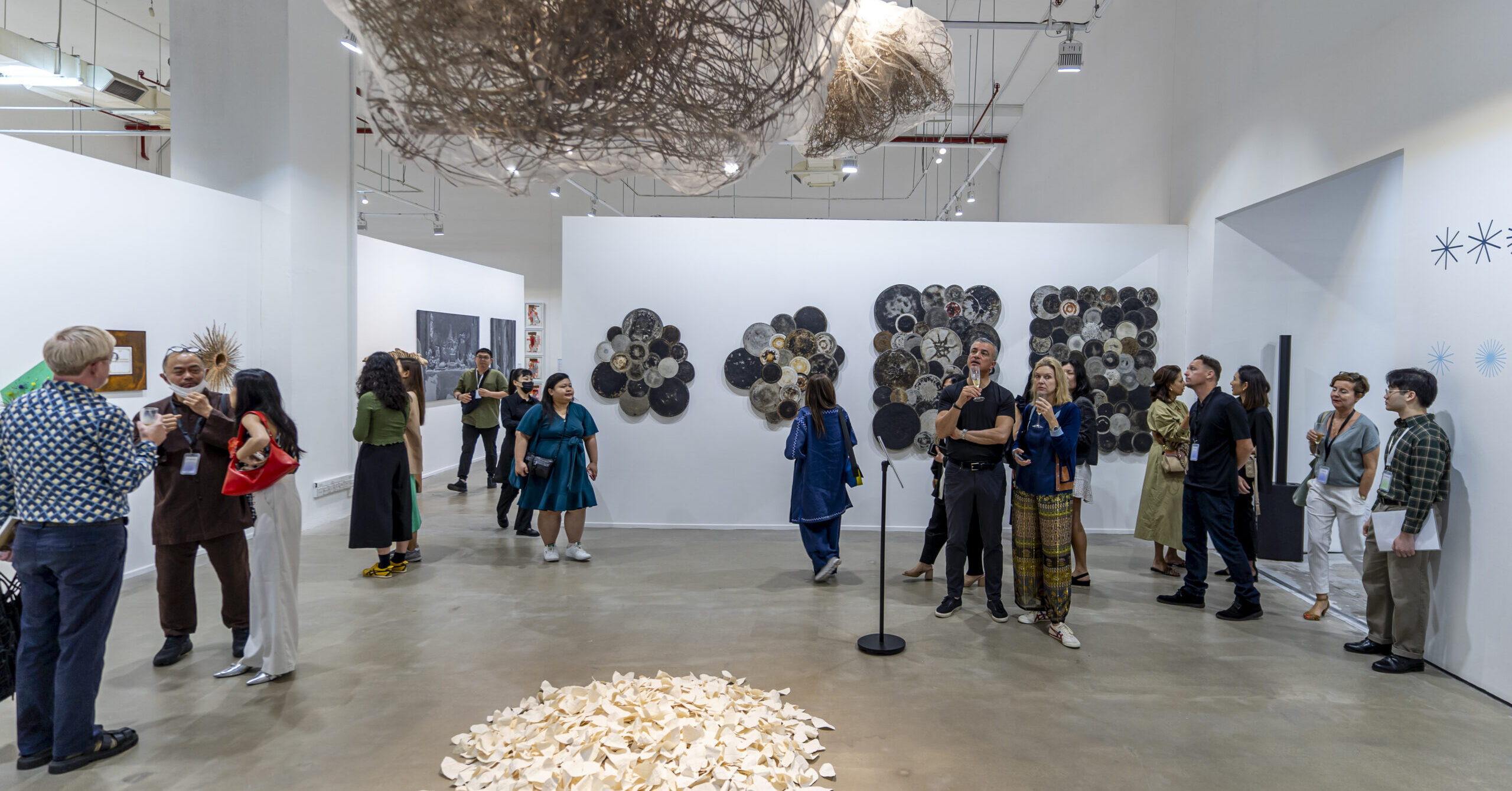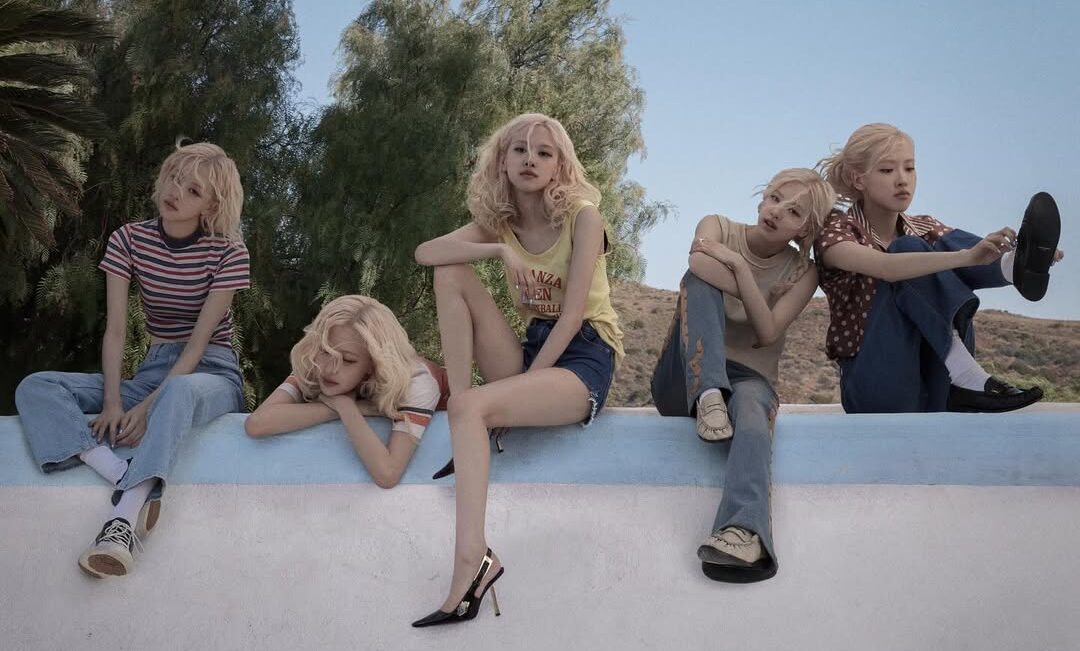I’ve always wanted to get a tattoo. Since I was young, I admired the designs on my mom’s skin, doodled all over my body, and stared in awe whenever I saw people with tattoos. I feel getting inked has always been inevitable for me.
Seeing people my age—hell, even people younger than me—with inked skin made me more desperate for my own tattoo. But if you’re me, you have to go through two obstacles first.
Number one, my parents. “‘Wag kang magpapa-tattoo, habang buhay ‘yan,” they’d tell me, even though my mom has tattoos of her own. I asked her to get one with me before. She didn’t like the idea. During one of our more serious talks, she told me she regretted getting one in the first place. My mom “regretted” it so much, apparently, that she even got a second one.
I’m sure I can easily overcome the barrel of a (tattoo) gun, but I still can’t do it.
Number two would be, well, myself. Big needles make me cry and blood freaks the hell out of me. What can I say? I’m a big coward. Though I wanted a tattoo, I needed to get over myself first.
I know I’m more mature now. I’m sure I can easily overcome the barrel of a (tattoo) gun, but I still can’t do it. I thought I could though. I even talked to my mom about it, but of course, she quickly shot the idea down. Maybe a few more years of growing. I’ll get there soon— at least, I hope I will.
I’m fine with just my imagination and constant research for now. A tattoo may still be a distant dream, but at least now I have more time to learn all that I need to know from experts of the trade. So I sat down with some well-known tattoo artists and did just that.
Through Instagram, I approached three tattoo artists with various, unique styles. They are Luna Medina, Eloise Cadilo and Elaine de la Rama.
Luna Medina
Luna is a freelance multimedia artist and part-time tattoo artist. I first found her when she was selling stickers at my school, immediately drawn to her black-red color scheme and edgy aesthetic. I admired her even more when I saw her on Instagram and found out that she did tattoos, too, offering flash tattoos and custom designs to her customers. What I like about Luna is the originality and authenticity of her art. She loves tattooing because she sees it as an art form, a way to tell a (permanent) story on your skin, and her love definitely shows in her work.
Why did you choose to specialize in blackwork tattoos? What separates them from other tattoo types?
It has a huge part in tattoo history. It’s one of the first tattooing styles, originating from indigenous people across the world.
“Tattoos always signify something: a person, a memory, a person’s character.”
What is ink bleeding and how do you avoid it?
It’s a result of ink being pushed into deeper layers of the skin compared to what’s needed. To avoid this, I always make sure to put the proper amount of pressure when using the tattoo gun.
Where should people get their tattoo designs from?
Tattoos always signify something: a person, a memory, a person’s character. For me, it’s best to have one specially designed for you, not a copy of someone’s art from the internet. Plus, getting designs from the internet is considered stealing from the artist, if done without their permission. I always offer my clients customized designs, or I alter it if it’s from the internet.”
You can find Luna on Facebook and Instagram.
Elose Cadilo
https://www.instagram.com/p/Bz46uWKn55J/
Eloise, on the other hand, is a sketch-slash-tattoo-artist who’s still searching for her specialty. My friend showed me her IG account months ago. Of course, I stalked her feed for a while. What drew me in was her intricate, yet simple designs. You wouldn’t believe that she’s only been doing this for two months.
It all started with her first tattoo, which she got when she was drunk (she does not recommend getting a drunk tatt). “Since then, impulsive na ako magpa-tattoo. All my tattoos are customized by me, and were inked during different domestic travels.” With each picture she posts, it’s easy to see that she only gets better with each tattoo; her constant growth always manages to amaze me.
“I never had a real artistic background, so I consider myself self-taught. It never really crossed my mind to do it as a job.”
What are the most painful body parts to have tattooed? How high of a pain threshold do you need?
There will always be pain, pero the pain threshold varies among skin types. But my general observation is that the least painful tattoos are over fat areas, or areas na hindi directly nakakabit sa buto like your arm, thigh, or wrist. The pain is tolerable on those parts.
What are the quickest to slowest types of tattoos to do?
Para sakin, mas matagal gawin yung mga small minimal tattoos na lining ang puhunan. Mabagal din ako gumawa sa mga geometric lines and perfect circles. I have to be very careful, so I start with very thin lines, then dagdag lang ng dagdag.
The quickest for me would be sketch aesthetic tattoos, like the ones you draw on paper. Maybe it’s ‘cause I was a sketch artist before I was a tattoo artist.
What are some tips you can give to feel less pain or avoid passing out?
Get distracted; talk or scroll through memes. Don’t focus on the pain. It’ll still be painful, but it’s more tolerable if may iba kang ginagawa.
You can find Eloise on her personal and her tattoo account on Instagram.
Elaine de la Rama
https://www.instagram.com/p/Buguk8kBGF3/
“I never had a real artistic background, so I consider myself self-taught. It never really crossed my mind to do it as a job. But in 2013, I started tattooing full-time with my friend, Neil Tanaleon. Then in late 2017, Neil offered me to join 55 Tinta,” Elaine shares her origin story with me.
She’s been a tattoo artist since her early twenties. I’ve followed 55 Tinta on Instagram for a while now. Ever since she started working for them, they often feature her pieces. That’s how I found about her work.
“Make sure you like the design, then research, and find the right artist for you.”
What I like about Elaine is her flexibility. Since she’s been in the tattoo industry since 2013, she has no problem switching from one tattoo type to another. But her watercolor pieces stood out to me; they looked soft and calming, contrasting the bold, black designs tattoos usually had. To me, she proves that even the badass act of tattooing can be elegant if done right.
How do watercolor tattoos differ from other tattoo types? Do they fade quicker or hurt more?
Malaki difference niya sa style. Traditional tattoos are more on solid colors and bold outlines, while watercolors have a softer approach with pastel colors. The fading depends on how they take care of their tattoos.Yung pain depends sa placement and pain tolerance ng person.
What aftercare do you usually prescribe after getting a tattoo?
Different tattoo styles require different types of aftercare. Just listen to your artist’s advice; they have special instructions based on their tattooing style. But make sure to follow these simple results to achieve the best possible results:
- After the tattoo session, our artists apply a hypo-allergenic / non-whitening lotion and seal the tattoo with plastic wrap to avoid infection. Only remove the plastic wrap after two to three hours.
- Wash it with cold, clean water, and carefully rub away any residue left on the skin. Then, dab it dry with a clean paper towel, or air-dry it for 10-15 minutes.
- Wash with hypo-allergenic soap the day after your tattoo session. Lather the soap in your hand and gently apply it on the tattooed part. Dab it dry with a clean paper towel or air-dry it for five to ten minutes. Once dry, apply ointment— preferably fortified with vitamin A and D— to the whole tattooed area. Repeat for three days.
- After three days, moisturize with non-whitening hypo-allergenic lotion. Make a habit of cleaning and moisturizing your tattoo for two to three weeks, or until it’s completely healed. Whichever comes first. Do not scratch or pick the scab.
I’d strongly advise against any physical activities during the healing process, which is usually 2-4 weeks. Activities that may cause you to sweat, or require direct contact with sunlight and / or water can cause infection.
What’s the best type of tattoo that won’t fade quickly?
First, figure out what kind of tattoo you want. Make sure you like the design, then research, and find the right artist for you. And be prepared for the tattoo session: eat a heavy meal, drink plenty of water, get a good sleep, wear comfortable clothes, bring your iPod, earphones and chocolates, and take vitamin C. Don’t rush your artist. Just relax, trust them, and let them do the job.
You can find Elaine on Facebook and Instagram.
Art by Kloie Ledesma













































